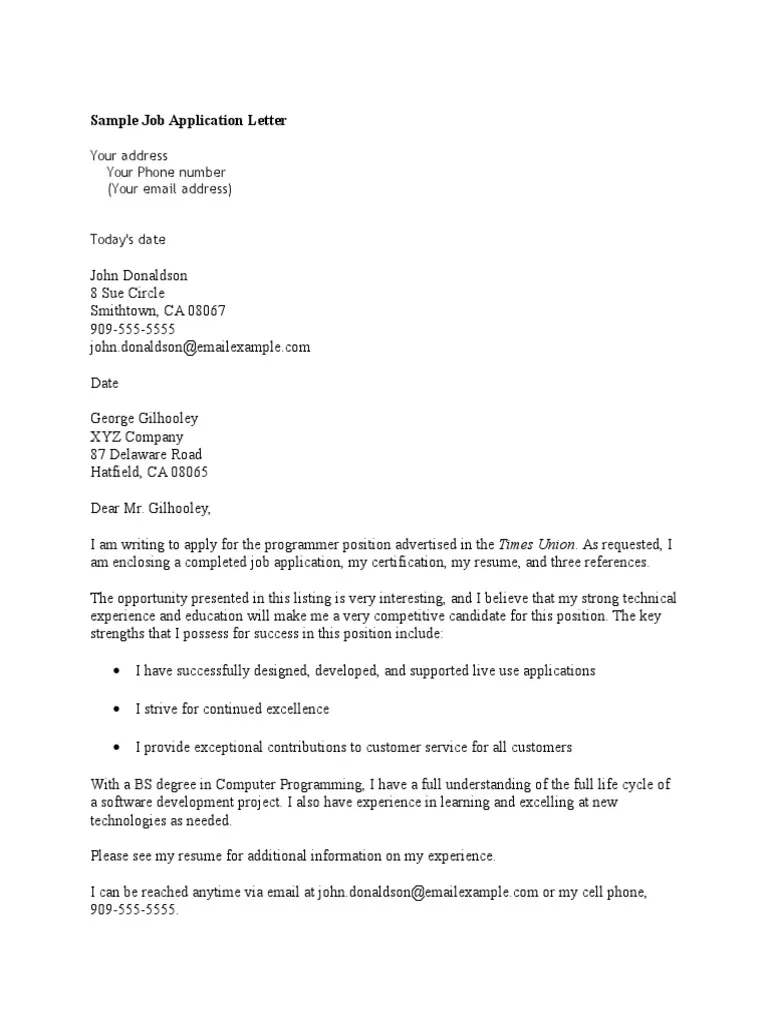What is a Cover Letter and Why You Need One
A cover letter is a crucial document that accompanies your resume when you apply for a job. It serves as your introduction to the hiring manager, providing a personalized overview of your qualifications, skills, and experience. Unlike a resume, which is a factual summary, a cover letter allows you to express your enthusiasm, personality, and explain how your abilities align with the specific job requirements. It’s your opportunity to make a strong first impression and persuade the employer to read your resume, ultimately increasing your chances of getting an interview. In the competitive job market, a well-crafted cover letter can significantly set you apart from other candidates.
Elements of a Winning Cover Letter
A winning cover letter includes several key elements working together to create a compelling narrative. These elements ensure your letter is informative, professional, and engaging. Proper formatting is also essential, ensuring your letter is easy to read and visually appealing.
Contact Information
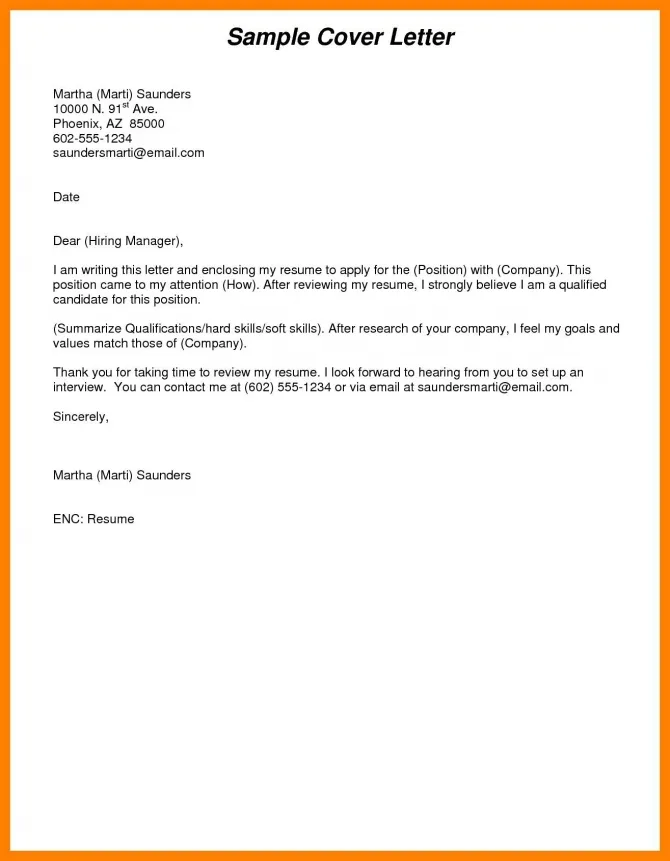
Start your cover letter with your contact information at the top. This typically includes your full name, phone number, email address, and LinkedIn profile URL (optional). This allows the hiring manager to easily reach you if they want to schedule an interview. Ensure that all information is accurate and up-to-date.
Professional Greeting
Address the hiring manager by name whenever possible. Research the company to find out the hiring manager’s name and title. A personalized greeting shows you have taken the time to research and are genuinely interested in the position. If you cannot find a specific name, use a professional greeting like ‘Dear Hiring Manager’ or ‘Dear [Department Name] Team’. Avoid generic greetings like ‘To Whom It May Concern’.
Opening Paragraph
The opening paragraph is your chance to grab the reader’s attention. State the position you are applying for and how you found the job listing. Briefly mention why you are interested in the role and the company. Make your opening concise and engaging, highlighting your enthusiasm and your key qualifications. Use a strong opening sentence that makes the reader want to learn more about you.
Body Paragraphs
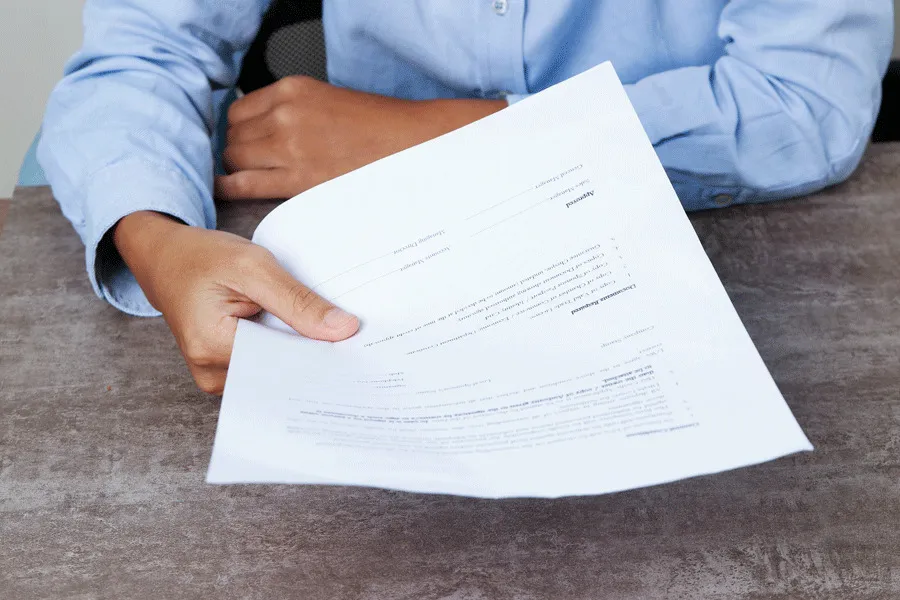
The body of your cover letter is where you provide details about your skills, experience, and how they align with the job requirements. Use this section to highlight your accomplishments and quantify your achievements whenever possible. Include specific examples that demonstrate your abilities and show how you have contributed to the success of previous employers. Tailor your body paragraphs to match the job description.
Highlight Your Skills and Experience
Focus on the skills and experience that are most relevant to the job you are applying for. Review the job description carefully and identify the key requirements. Use these requirements as a guide to select the skills and experience you want to highlight in your cover letter. Provide specific examples of how you have used these skills in past roles, what you achieved, and the results you delivered. Quantify your accomplishments whenever possible (e.g., ‘increased sales by 15%’).
Showcase Your Enthusiasm and Fit
Show your passion for the role and the company. Explain why you are excited about the opportunity and what attracts you to the organization. Research the company’s mission, values, and recent achievements. Demonstrate that you understand the company’s goals and how your skills can contribute to their success. Make it clear that you are not just looking for a job but are genuinely interested in the company’s success.
Closing Paragraph
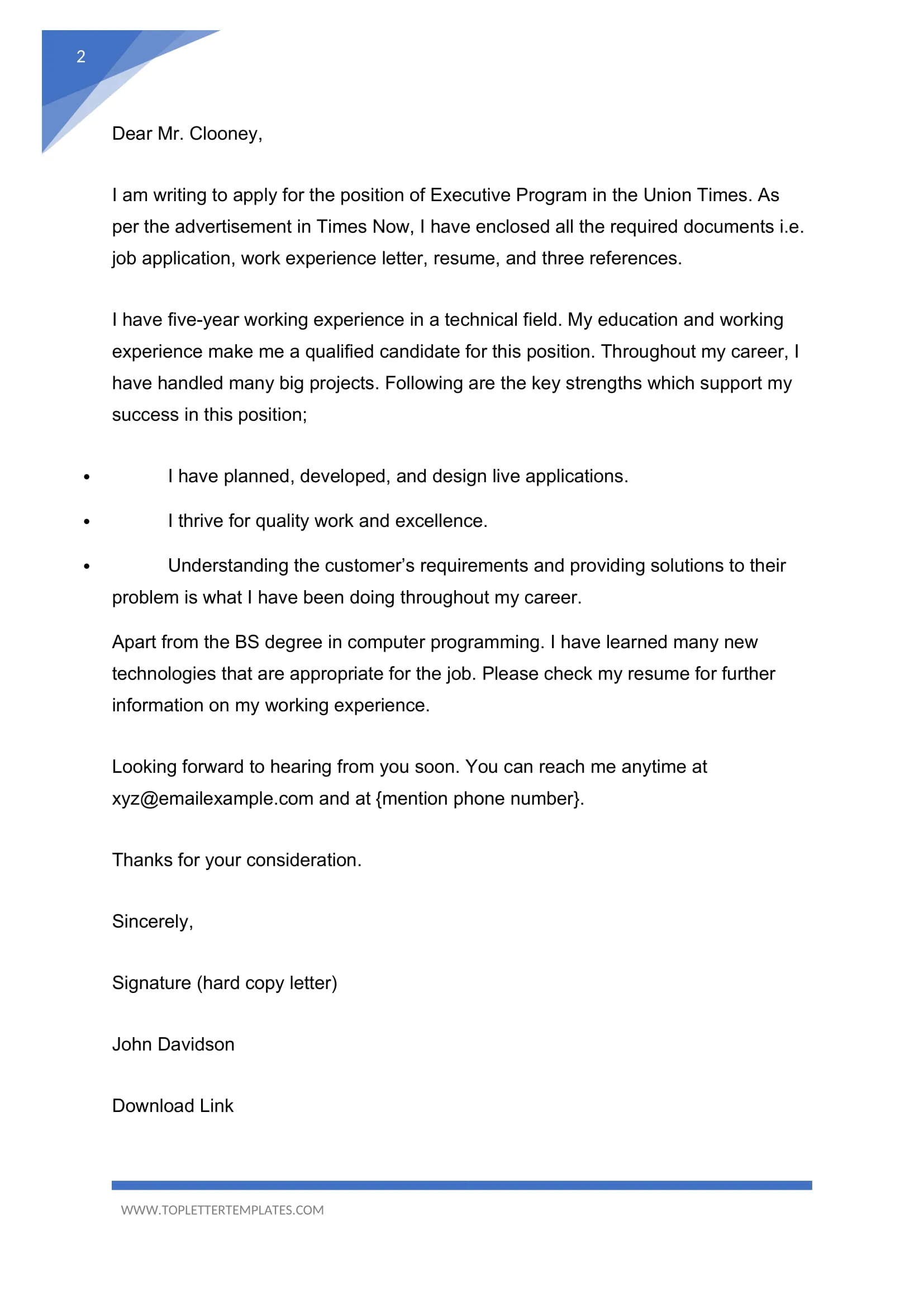
In the closing paragraph, summarize your key qualifications and reiterate your interest in the position. Thank the hiring manager for their time and consideration. Express your enthusiasm for the possibility of an interview and your eagerness to discuss how you can contribute to the company’s success. Keep the tone positive and professional.
Call to Action
End your cover letter with a clear call to action. Encourage the hiring manager to contact you for an interview. Provide your contact information again if needed. Use a professional closing, such as ‘Sincerely’, ‘Best regards’, or ‘Thank you for your consideration’, followed by your full name.
Formatting and Design Tips
The formatting and design of your cover letter play a significant role in creating a positive first impression. A well-formatted cover letter is easier to read and reflects professionalism. Choose a clean and professional format. Consider the use of white space, font size, and font type.
Choose the Right Font and Size
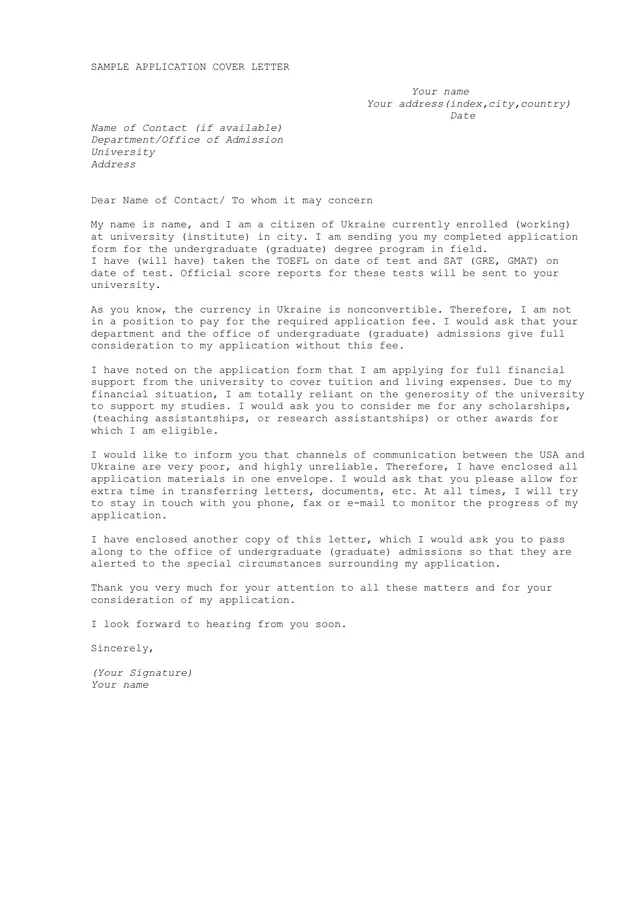
Select a professional and easy-to-read font, such as Times New Roman, Arial, Calibri, or Helvetica. Ensure your font size is between 10 and 12 points for easy readability. Avoid using overly decorative or unusual fonts, as they can make your letter look unprofessional. Consistency in your formatting choices adds to your cover letter’s polished appearance.
Keep it Concise and Readable
Keep your cover letter concise and to the point. Aim for one page in length, as hiring managers often have limited time to review applications. Use short paragraphs and bullet points to break up text and make it easier to scan. Use white space effectively to make your letter visually appealing and less overwhelming. Prioritize the most important information and ensure your writing is clear and easy to understand.
Proofread and Edit Carefully
Thoroughly proofread your cover letter for any grammatical errors, typos, and spelling mistakes. Errors can undermine your credibility. Use a spell-checker and grammar-checker, but also read your letter carefully yourself. It is helpful to have someone else review your cover letter for clarity and accuracy. Ensure your writing is clear, concise, and error-free before submitting.
Adapting Your Cover Letter for Different Jobs
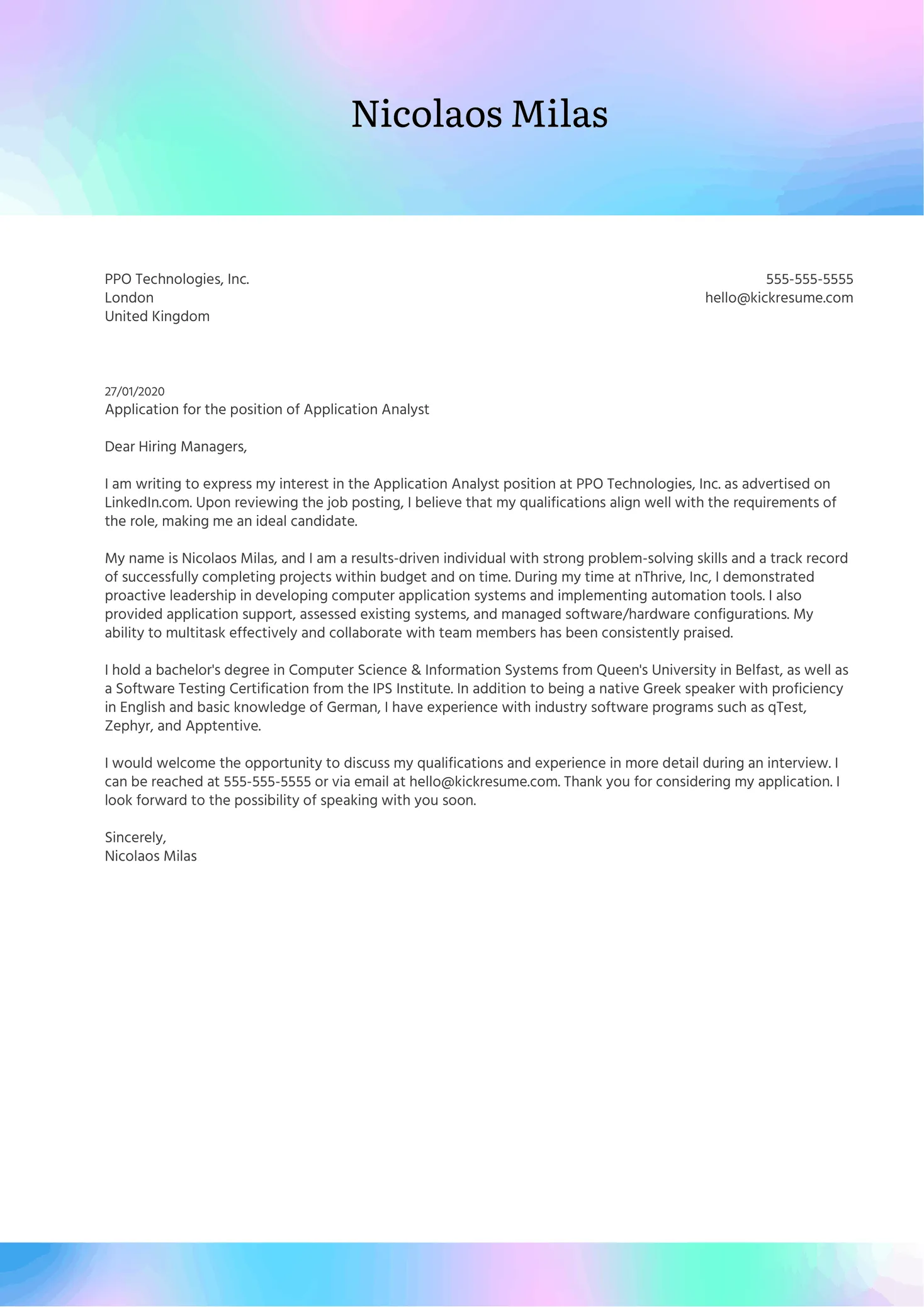
Tailoring your cover letter for each job application is crucial. A generic cover letter will not be as effective as one that is specifically designed for the role and the company. Customization demonstrates your genuine interest and your understanding of the job requirements. Take the time to adjust your cover letter to fit each application. This will increase your chances of getting noticed.
Tailoring to the Job Description
Carefully review the job description, noting the key skills, qualifications, and experience required. Use the job description to identify the keywords and phrases that the hiring manager is looking for. Customize your cover letter to match the language and requirements in the job description. Highlight how your skills and experience align with the specific needs of the position. Tailor your letter to address the core requirements of the role and show how you are the perfect fit for the job.
Addressing Specific Requirements
Address any specific requirements mentioned in the job description. This might include specific software skills, industry experience, or educational qualifications. Provide clear examples of how you meet these requirements. If the job description mentions a specific project, accomplishment, or skill, be sure to highlight it in your cover letter. This shows that you pay attention to detail and are a strong match for the position. Show how your experiences and achievements align with what the employer is seeking.
Cover Letter Mistakes to Avoid
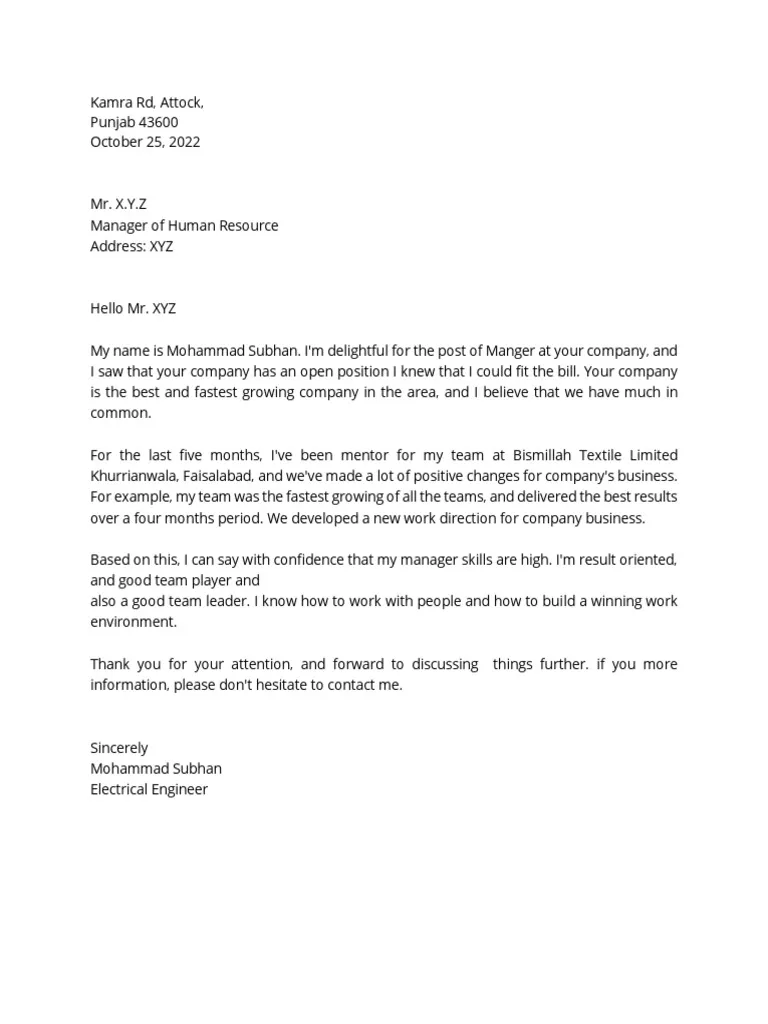
Several common mistakes can reduce the effectiveness of your cover letter. Being aware of these pitfalls can help you avoid them and present yourself in the best possible light.
- Using a generic cover letter.
- Making spelling and grammatical errors.
- Exceeding one page in length.
- Focusing on what you want instead of what you can offer.
- Failing to tailor your letter to the specific job.
- Including irrelevant information.
- Using a negative tone.
- Lying or exaggerating your qualifications.
By avoiding these common mistakes, you can create a cover letter that is clear, concise, and professional. Remember, a well-written cover letter can be the key to landing your dream job.
